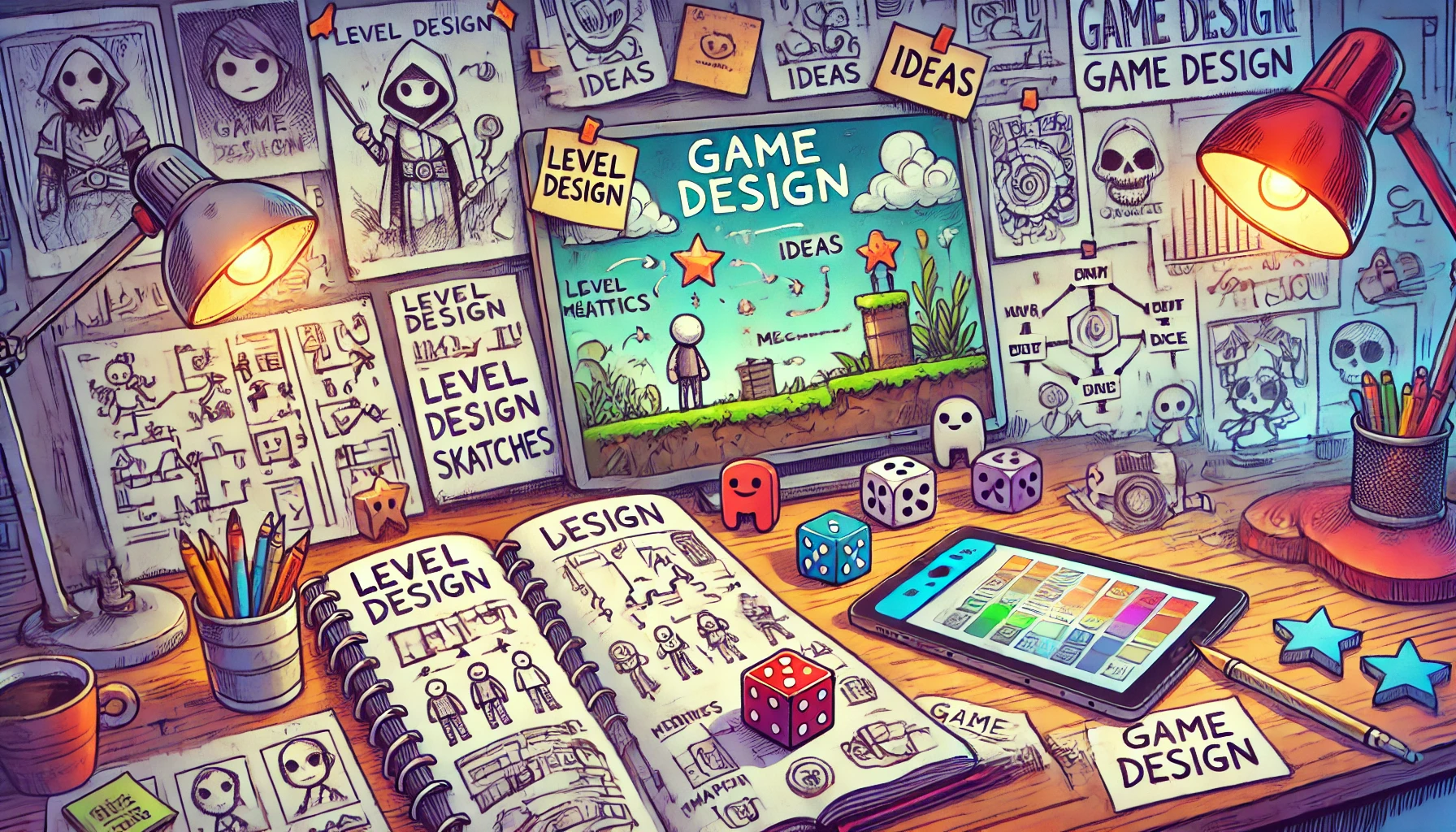One of the trickiest aspects of game design is finding the perfect balance between challenge and fun. Too easy, and players may lose interest. Too difficult, and they may give up out of frustration. Achieving that sweet spot takes careful design, testing, and iteration.
One key principle is player progression. The game should introduce mechanics gradually, allowing players to build skills naturally. A well-paced difficulty curve ensures that as the player improves, so do the challenges. Games like Celeste and Hollow Knight are great examples of how difficulty ramps up while rewarding the player’s growing skillset.
Feedback and rewards also play a crucial role. Whether it’s a satisfying sound effect, an exciting visual cue, or a new ability unlocked, good feedback makes the player feel their actions matter. Positive reinforcement can help players push through difficult moments and feel a sense of achievement when they succeed.
Another crucial element is variety in challenges. A game should avoid repetition by introducing new mechanics, enemy types, or obstacles at the right intervals. Keeping the player engaged means offering fresh experiences while reinforcing core mechanics. Procedural level design, unexpected twists, and interactive environments can all add layers of engagement.
Finally, playtesting is essential. No matter how well-designed a level or mechanic seems on paper, watching players engage with it in real time reveals what works and what doesn’t. Iteration is key—adjusting enemy behaviors, tweaking platforming sections, or modifying puzzle complexity based on player feedback can greatly enhance the experience.
Balancing challenge and fun is a never-ending process, but when done right, it creates an engaging and rewarding experience that keeps players coming back for more.

